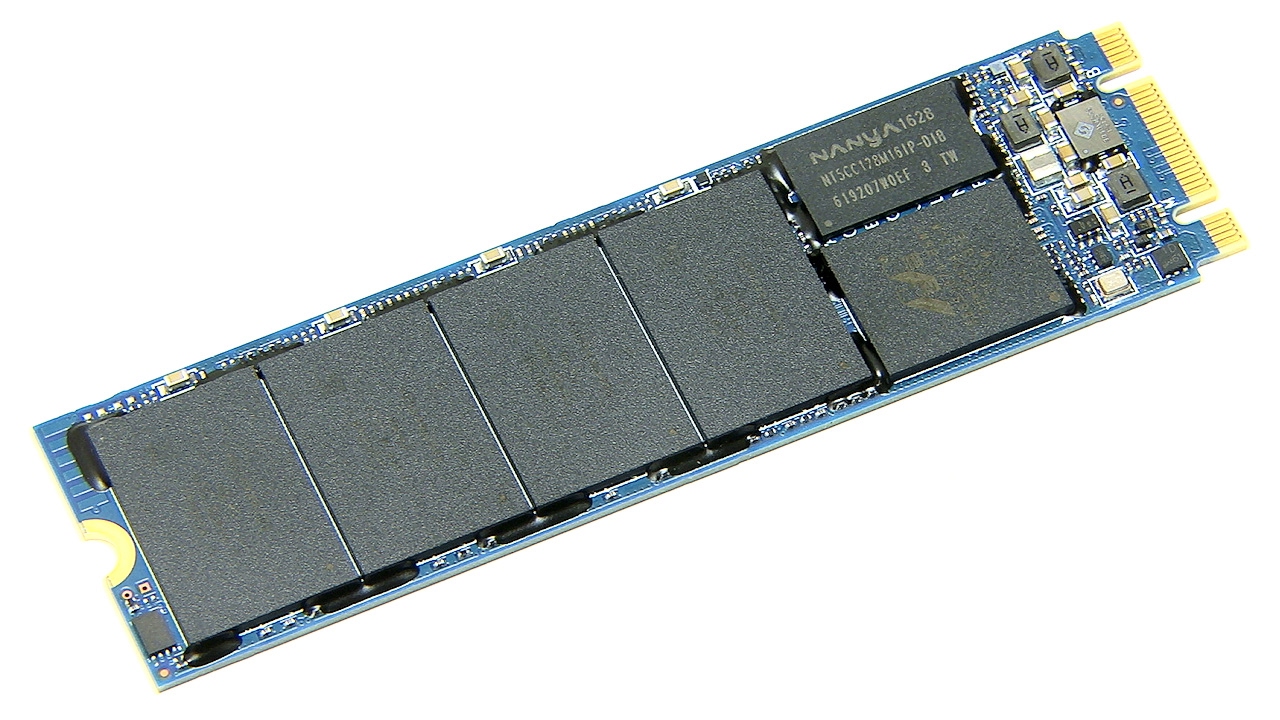Introduction
Welcome to the world of solid-state drives (SSDs) and the innovative SSD M2.
So, what exactly is an SSD M2?
How does it differ from traditional storage drives?

One of the key advantages of SSD M2 is its blazing-fast performance.
In terms of reliability and durability, SSD M2s have a clear advantage over HDDs.
As there are no moving parts, the risk of mechanical failures and data loss is significantly reduced.
When it comes to power efficiency, SSD M2s excels again.
Additionally, SSD M2s generate less heat, contributing to overall system reliability and longevity.
In the next section, we will explore how SSD M2 stacks up against HDDs and traditional SSDs.
What is an SSD M2?
The SSD M2 is named after its physical form factor, which is a small, rectangular card-like module.
This allows for flexible installation in different devices that support the M.2 interface.
This innovative storage solution is designed to deliver lightning-fast performance and reliability.
This makes it ideal for demanding tasks such as gaming, multimedia production, and multitasking.
One of the key advantages of an SSD M2 is its compact size.
This makes it a popular choice for those seeking powerful storage without sacrificing portability.
In addition to its performance benefits, an SSD M2 offers improved energy efficiency.
Since it does not consist of mechanical components like HDDs, it consumes significantly less power.
Another crucial aspect of an SSD M2 is its durability.
This makes it ideal for applications that require a quiet environment, such as audio production or video editing.
What Are the Advantages of an SSD M2?
Lets explore some of the key benefits:
1.
This results in quicker boot times, faster file transfers, and improved overall system responsiveness.
Whether youre running resource-intensive applications or accessing large files, an SSD M2 can handle the load with ease.
With dimensions ranging from 2242 to 2280, it can fit into various devices seamlessly.
This compact design allows for more flexibility in building or upgrading systems, especially in constrained spaces.
Energy Efficiency:SSD M2s consume less power compared to traditional HDDs.
This makes them ideal for portable devices that may experience bumps and drops.
Noise-Free Operation:With no moving parts, an SSD M2 operates silently, providing a noise-free computing experience.
Improved Data Security:SSD M2s offer enhanced data security.
Additionally, many SSD M2s support hardware encryption, protecting your data from unauthorized access.
Future-Proof Technology:SSD M2s embrace the latest technology advancements and are built to meet evolving storage needs.
Investing in an SSD M2 ensures youll have a storage solution that can keep up with future requirements.
How Does an SSD M2 Compare to Other Storage Drives?
Lets take a closer look at the key differences:
1.
Speed:When it comes to speed, an SSD M2 outperforms both HDDs and traditional SSDs.
HDDs rely on spinning disks and mechanical read/write heads, which causes slower data transfer speeds.
This makes an SSD M2 perfect for slim laptops and small form factor PCs, where space is limited.
The small size of an SSD M2 also allows for greater flexibility in system design and installation.
Capacity:HDDs generally offer larger storage capacities compared to SSDs and SSD M2s.
However, SSD M2s are catching up and now come in larger capacities, up to several terabytes.
Power Efficiency:SSD M2s consume less power than both HDDs and traditional SSDs.
Reliability:Due to their solid-state design, both SSDs and SSD M2s are more reliable than HDDs.
HDDs can be prone to mechanical failures and data loss due to physical shocks and vibrations.
Additionally, SSD M2s generate less heat compared to HDDs.
This helps maintain cooler system temperatures, contributing to improved system stability and longevity.
Traditional SSDs fall somewhere in between.
Heres a step-by-step guide on how to install an SSD M2:
Thats it!
You have successfully installed an SSD M2 in your gear.
Enjoy the benefits of faster and more efficient storage!
A: Yes, an SSD M2 can be used as a boot drive.
Q: What is the difference between SATA and NVMe SSD M2s?
NVMe SSD M2s utilize the PCIe or NVMe interface, offering significantly faster data transfer rates.
Q: Can I use an SSD M2 in my laptop?
It will provide a significant performance boost and faster storage compared to traditional hard drives.
Q: What is the lifespan of an SSD M2?
Q: Can I clone my existing drive to an SSD M2?
Q: Can I use an SSD M2 in a desktop computer?
Many desktop motherboards nowadays come with M.2 slots that support SSD M2s.
They provide a compact and efficient storage solution, especially for small form factor desktops.
Q: Are SSD M2s compatible with Mac computers?
However, its crucial to ensure compatibility with your specific Mac model before purchasing an SSD M2.
Q: Can I use an SSD M2 as external storage?
This allows you to enjoy the benefits of fast and reliable storage on the go.
Q: Can I upgrade the capacity of my SSD M2?
These are just a few common questions related to SSD M2s.
In this article, we explored what an SSD M2 is and how it differs from traditional storage drives.
Additionally, we answered some commonly asked questions about SSD M2s to address any lingering doubts or concerns.
So, why wait?
Consider upgrading to an SSD M2 and experience the benefits of lightning-fast storage and enhanced system performance.
Embrace the power of SSD M2 and unlock a new level of efficiency and productivity in your computing experience.